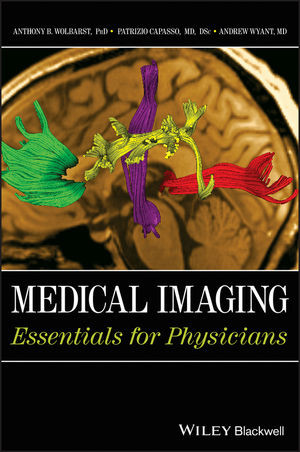

Most ebook files are in PDF format, so you can easily read them using various software such as Foxit Reader or directly on the Google Chrome browser.
Some ebook files are released by publishers in other formats such as .awz, .mobi, .epub, .fb2, etc. You may need to install specific software to read these formats on mobile/PC, such as Calibre.
Please read the tutorial at this link: https://ebookbell.com/faq
We offer FREE conversion to the popular formats you request; however, this may take some time. Therefore, right after payment, please email us, and we will try to provide the service as quickly as possible.
For some exceptional file formats or broken links (if any), please refrain from opening any disputes. Instead, email us first, and we will try to assist within a maximum of 6 hours.
EbookBell Team

5.0
78 reviews"An excellent primer on medical imaging for all members of the medical profession . . . including non-radiological specialists. It is technically solid and filled with diagrams and clinical images illustrating important points, but it is also easily readable . . . So many outstanding chapters . . . The book uses little mathematics beyond simple algebra [and] presents complex ideas in very understandable terms."
?Melvin E. Clouse, MD, Vice Chairman Emeritus, Department of Radiology, Beth Israel Deaconess Medical Center and Deaconess Professor of Radiology, Harvard Medical School
A well-known medical physicist and author, an interventional radiologist, and an emergency room physician with no special training in radiology have collaborated to write, in the language familiar to physicians, an introduction to the technology and clinical applications of medical imaging. It is intentionally brief and not overly detailed, intended to help clinicians with very little free time rapidly gain enough command of the critically important imaging tools of their trade to be able to discuss them confidently with medical and technical colleagues; to explain the general ideas accurately to students, nurses, and technologists; and to describe them effectively to concerned patients and loved ones. Chapter coverage includes: